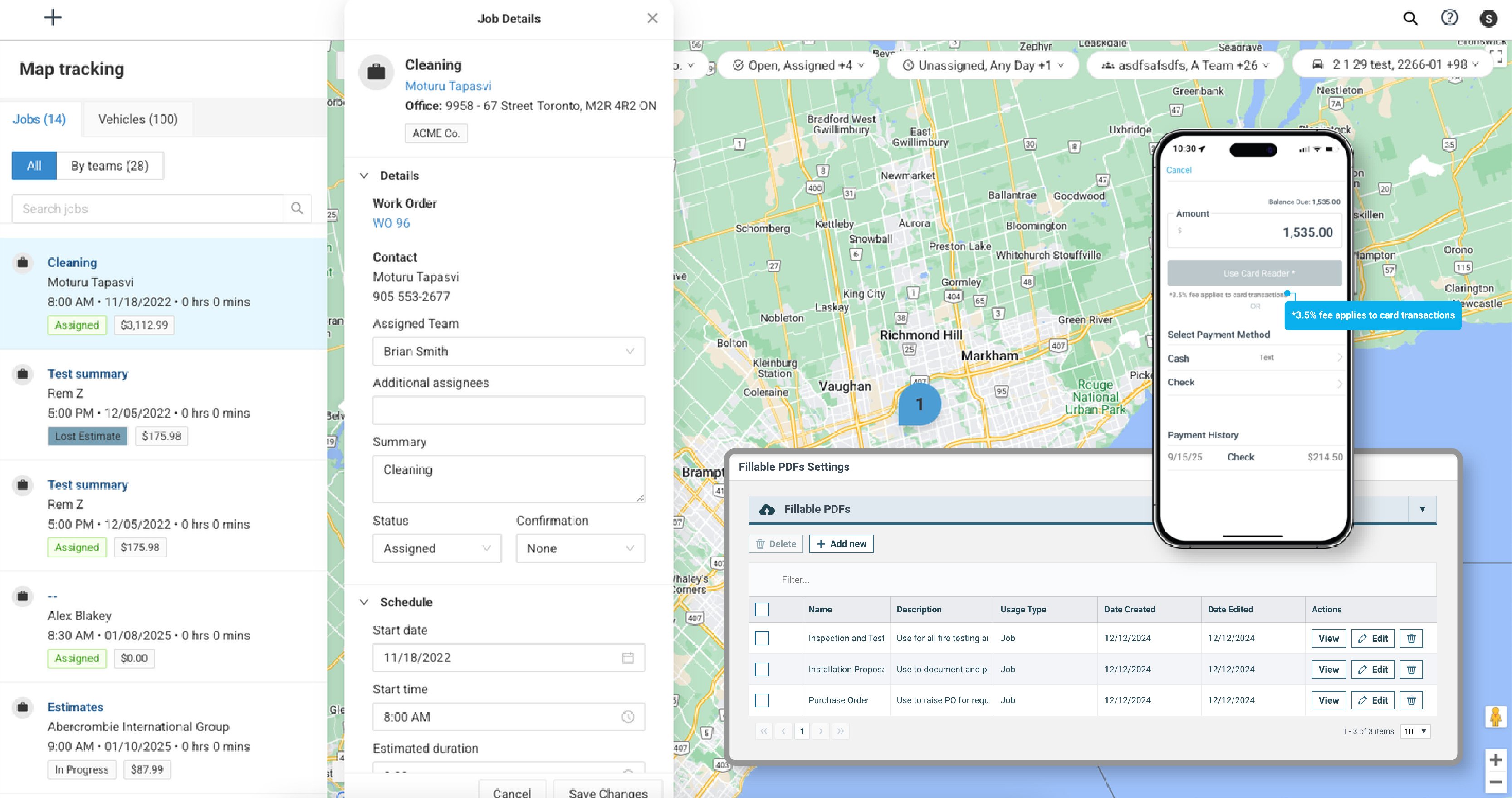What Is Route Optimization?

Route optimization is the science of systematically and consistently identifying the fastest and most cost-effective routes for the drivers of a company’s vehicles. Fleet managers can use route optimization to improve customer service, increase the number of jobs per day or week that drivers can handle, reduce vehicle maintenance costs, and reduce the fleet’s overall fuel costs.
This process is sometimes mistakenly described as routing, route planning, or route scheduling. But as our integration partners at Route4Me point out, route optimization represents a far more comprehensive set of fleet business goals, which we will discuss in this article. In fact, although we describe route optimization as a science, when done well it can seem more like magic.
Let’s discuss what route optimization is, and what it can do for your business.
How is route optimization used in fleet management?
You can think of route optimization as an umbrella term encompassing a wide range of route management strategies, such as:
- Monitoring and analyzing historical route data to identify problems and improve route efficiency.
- Leveraging real-time and historical traffic patterns and road-construction updates to plan more efficient routes in advance as well as to help drivers in the field switch on the fly to more effective routes.
- Helping dispatchers quickly identify the fastest and most direct route to job sites and deliver those route directions directly to drivers via the company’s fleet management software.
Perhaps the best way to understand the value is to consider what can happen to a fleet-dependent business that does not have it.
What if your company doesn’t use route optimization?
You might find your company spending more in time and resources managing your drivers and vehicles while at the same time receiving a lower return on investment from your fleet. For example, failing to implement a routing strategy can lead to:
- Spending more than necessary for vehicle total cost of ownership (TCO). (With the right routing solution in place, you could be lowering your fuel costs and placing less wear-and-tear on your vehicles.)
- Disappointing customers by not consistently being on time. (An effective solution can help increase your drivers’ on-time record at job sites, which can lead to better customer reviews and an improved reputation for your business.)
- Needlessly investing in more vehicles than necessary. (When your drivers consistently take the most efficient routes, your company might actually be able to function with fewer vehicles.)


